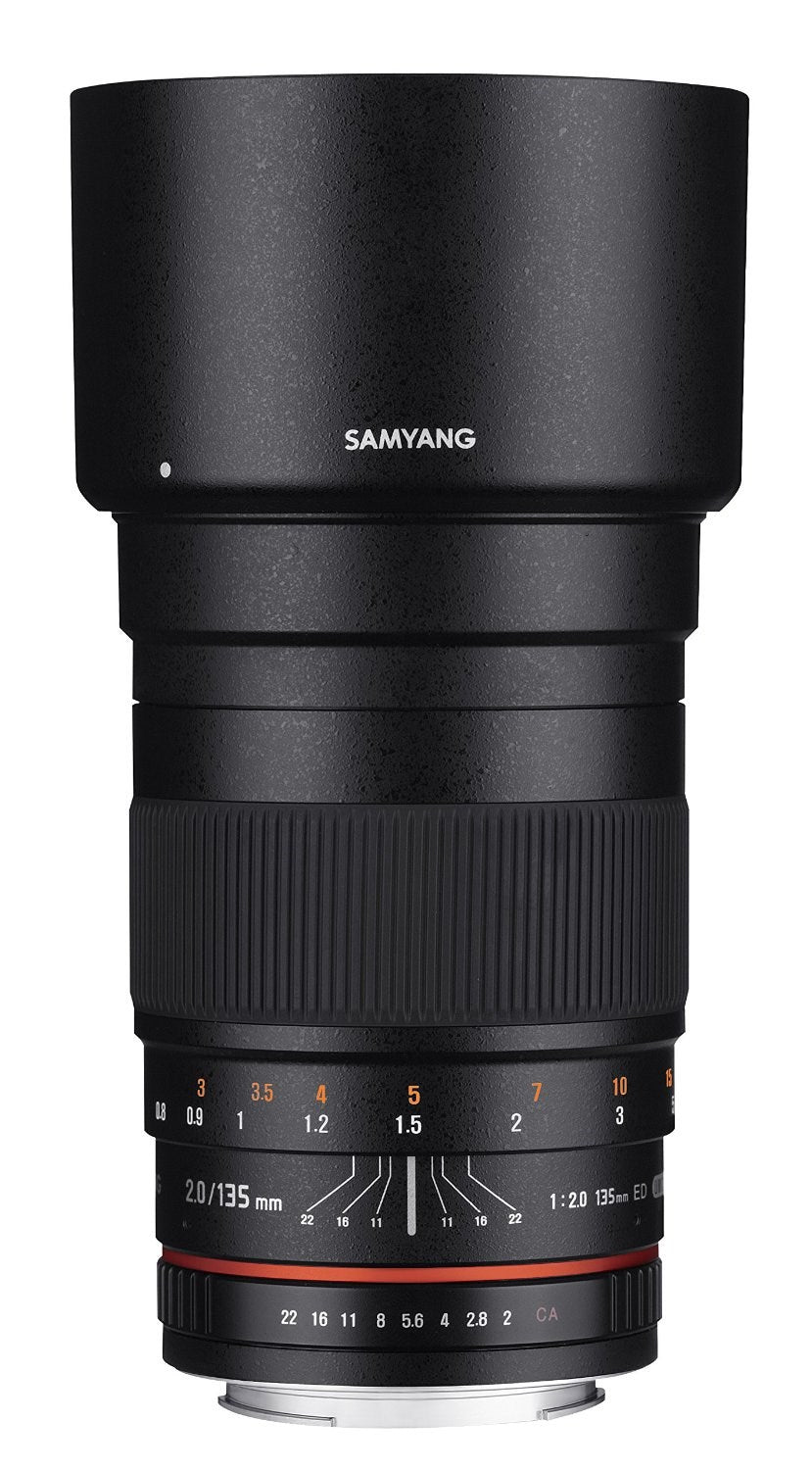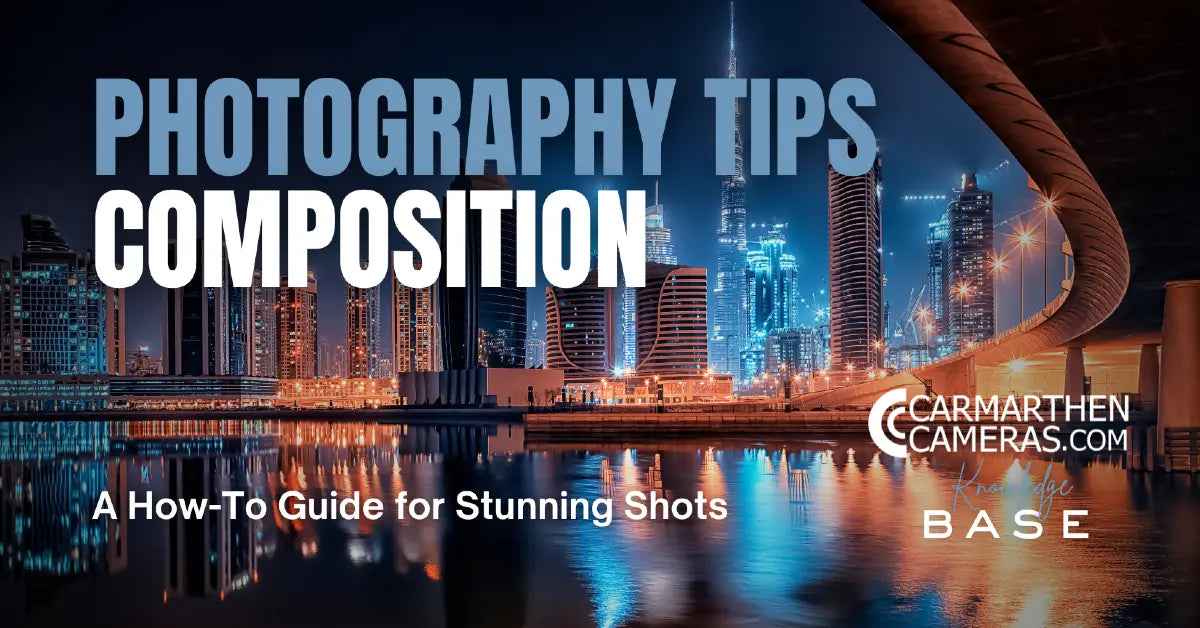Product Description
Samyang 135mm f2.0 Lens - Canon Fit
Samyang’s 135mm F2.0 ED UMC is a manual focus telephoto lens for full-frame and smaller sensor sizes. It expresses vibrant colour and soft bokeh which makes this the ideal lens for shooting portraits, scenery, wildlife and photo-journalism. The fast F2.0 aperture allows versatile control when shooting under tricky lighting conditions.

The lens features 11 elements in 7 groups, including extra low dispersion (ED) to offer a high resolution across the image. Samyang’s Ultra Multi Coating (UMC) is used to optimise light transmission whilst minimising flare and ghosting. Close focus is 0.8m and the floating element design captures as much light as possible, minimising spherical aberration and distortion. The body is compact and solid, made of high-strength aluminium alloy and the detachable lens hood protects from flare and ghosting.
Upclose & sharp – Samyang 135mm F2.0 Manual Focus Telephoto Lens
Samyang Optics 135mm F2.0 ED UMC is a manual focus telephoto lens for full frame sensor sizes. It expresses vibrant colour and soft out-focusing area which makes it the best lens to shoot portrait, night scenery, wild-life and journalism photography.

Optical Features
Samyang 135mm F2.0 ED UMC has a low F number of F2.0. You may control the lens precisely when shooting under various exposure environments including relatively dark or too-bright situations.
This lens features 11 lenses in 7 groups, especially including an extra low dispersion lens (ED) to offer high resolution throughout the image. Ultra Multi Coating(UMC) of Samyang Optics is used to optimize light penetration and minimizes flare and ghost. With such optical construction, it has 0.8m of minimum focal length to film subjects in the near distance. Also, the floating type design secures as much light as possible and maximizes the resolution by minimizing spherical aberration and distortion.

Hardware Features
There are 9 aperture blades designed to be almost a full circle when the aperture is closed which expresses starlike rays clearly and beautifully. The frame of the lens is compact and solid since it is made of high-strength aluminium alloy so you can create trustworthy images. Also, the detachable petal-shaped lens hood minimizes flare and ghosts by sheltering the lens from unnecessary lights.
*Available in Canon EF, Nikon F
*Size and design may vary depending on the mount of a lens

Bright F2.0 Aperture
Guarantees a faster shutter speed in low light conditions and adds depth to your pictures by blurring the background.
Minimized Flare and Ghost Effects with Ultra Multi Coating
By reducing the impact of flares and ghosting effects in your pictures while ensuring excellent image quality and contrast from the centre to the periphery, it offers crystal clear, sharp image quality.
Smooth Focus Ring
Smooth focusing ensures precise control and produces images with incredible sharpness, making it the ideal choice for indoor and night shooting.
Payment & Security
Your payment information is processed securely. We do not store credit card details nor have access to your credit card information.




















